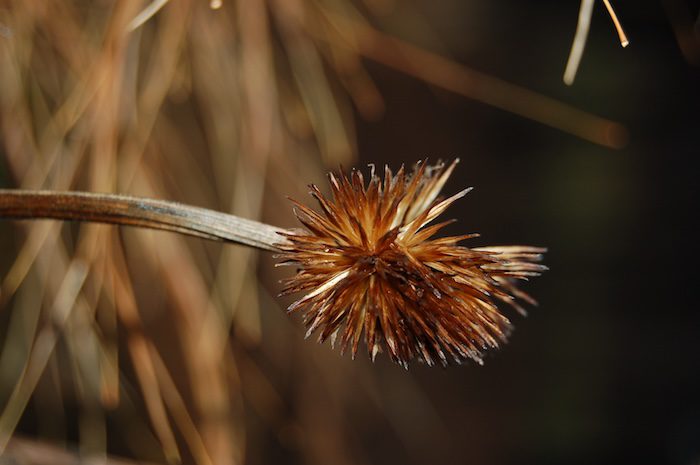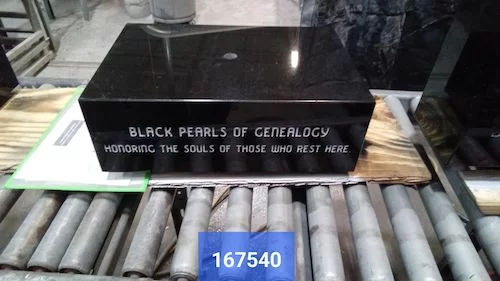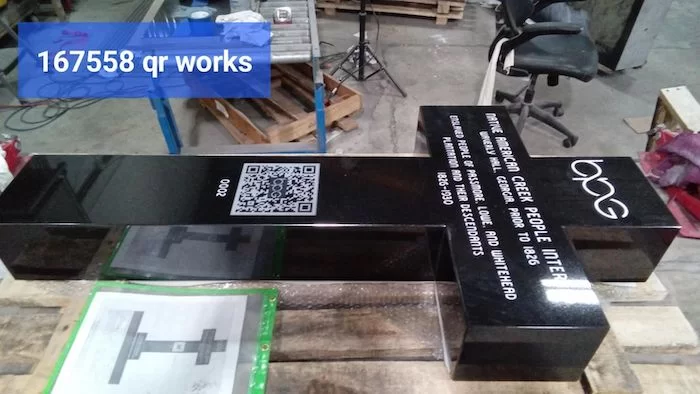
Preserving the Memory of Passmore Plantation, Waverly Hall, Georgia
The Memorial Reads:
Native American Creek People Interred
Waverly Hall, Georgia, Prior to 1826
Enslaved People of Passmore, Lowe, and Whitehead Plantation and their descendants 1826-1930


Numerous other African American families occupied the small house behind the McCullouhs-Strafod house and some of those families grew older and deaths occurred among them, a cemetery used by the Passmore slaves, located on the hill northwest of the house, was used for their burials. According to Mr. Irby McCullohs, oral tradition in the McMullohs family stated the the cemetery began with Creek Indian burials. Some Creek lived in a settlement near the settlement near the spring which today feeds the nearby Johnston pond. After the Native Americans vacated the land interment of Passmore and Whitehead slaves. After the war and after the McCullohs family purchased the land, the cemetery was used by various members of the African American Lowe, Whitehead, and Luttrell families.
Mariah Luttrell and his with Dig Luttrell, said that her grandmother, a former Lowe slave whose name was Mariah Lowe, lived in the house just south of the cemetery (where Charlie Mae Beech later lived), and upon her death was buried in the old cemetery. Another person known to have been buried there was a former slave whose daughter was Lelia Lowe. Leila married William E. Thomason and had several children including Ben and Hoke, who later owned portions of the McCullohs farm. Unfortunately, no graves on the cemetery are marked except by field stones and sunken indentions in the earth.
